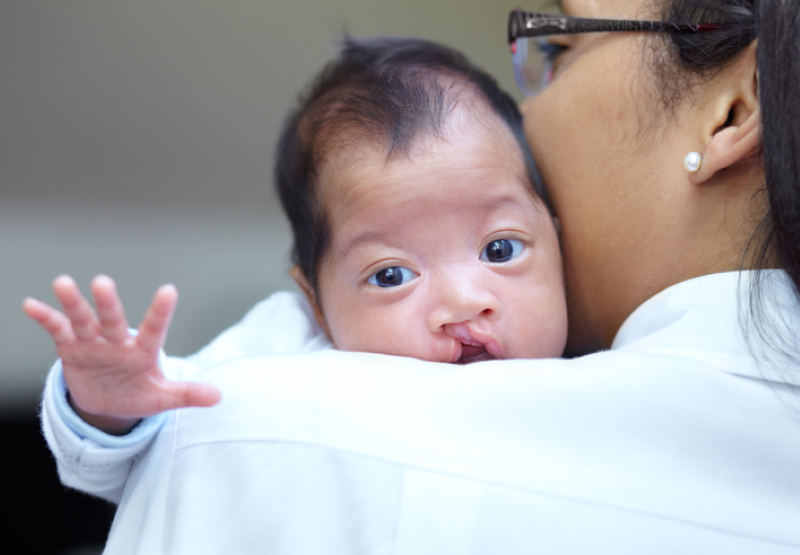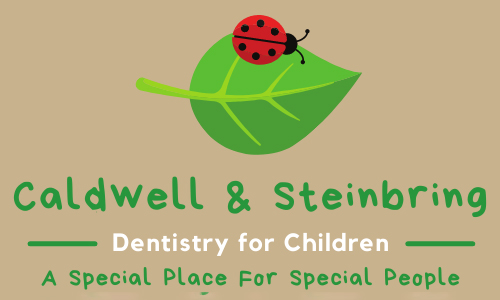Cleft Lip & Cleft Palate Repair
 Among the most common birth defects, cleft lip and cleft palate affect approximately 1 in 800 babies born in North America. Luckily, dental treatment exists to help affected children live a healthy, normal life. Learn more about how dentistry can help cleft lip and palate conditions now.
Among the most common birth defects, cleft lip and cleft palate affect approximately 1 in 800 babies born in North America. Luckily, dental treatment exists to help affected children live a healthy, normal life. Learn more about how dentistry can help cleft lip and palate conditions now.
What Are Cleft Lip & Palate?
Cleft lip and palate are birth defects resulting from the incomplete formation of anatomical structures during early pregnancy. The names vary based on the location of the impartial formation (either the lip or the roof of the mouth, referred to as the palate). These two conditions may occur separately or together.
The severity of symptoms varies from case-to-case. Cleft lip and cleft palate are distinguishable by a separation or opening in the palate or lip. As a result, an individual with this affliction may have difficulties with feeding and speech. Additionally, both conditions are associated with ear infections, hearing loss, and dental problems. To treat these symptoms and others that may arise, work with your children's dentistry specialists to develop a treatment plan.
Causes & Risk Factors
Doctors know that cleft lip and cleft palate are congenital defects, meaning they're present at birth. While experts assume they are genetic conditions, the cause has not yet been determined. Scientists believe cleft lip and cleft palate may be linked to certain factors during pregnancy, such as:
- Certain medications
- Viral illness
- Tobacco or alcohol use
- Vitamin deficiency
Cleft Lip & Palate Treatment
Cleft lip and cleft palate are complex conditions requiring a team of medical professionals. In general, the first goal of treatment is to repair or "close" the gap in the lip and/or palate as soon as it is practical. Typically, this may be at as early as 2 to 9 months of age. However, your child may require several surgical procedures at different points in their childhood. In addition to your children's dentist, you may work with an oral surgeon, an orthodontist, a plastic surgeon, or other specialists.
For the initial surgery, your child will receive intravenous sedation or general anesthesia, ensuring that he or she doesn't experience any pain during the procedure. Both cleft lift and cleft palate rely on a specialized "flap" procedure; this consists of incisions to create "flaps" of tissue around the affected area. These flaps are then stitched together in order to close the gap.
Post-Treatment
Depending on how complex the child's condition is, follow-up procedures may be required after the initial treatment to fully correct any defects regarding the form and function of the lips, teeth, and jaws. These follow up procedures may include plastic surgery, orthodontics, orthognathic (jaw) surgery, and speech therapy. Our caring children's dentists at Larry Caldwell, DDS & Associates can provide you with a list of recommended specialists for consultations in these areas of treatment.
Visit Our Children's Dentistry
Cleft lip and cleft palate can be a daunting undertaking for the family of a newborn. Our children's dentistry team wants you to know that you don't have to go through it alone. The specialists at Larry Caldwell, DDS & Associates are eager to join your team as you begin treatment and we'll help provide guidance along the way. With the proper care, your child can achieve a healthy and normal life. Schedule an appointment at our Sugar Land or Wharton, TX office today. We look forward to working together on enhancing your child's future!
